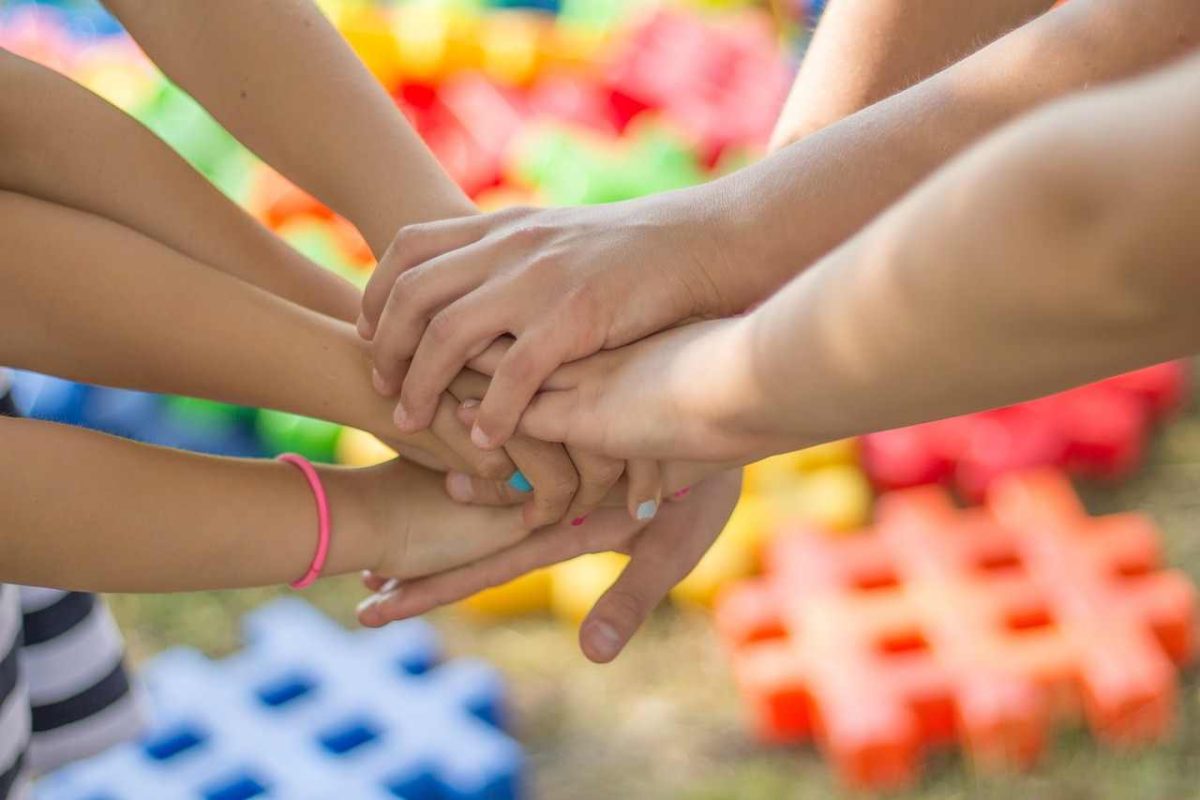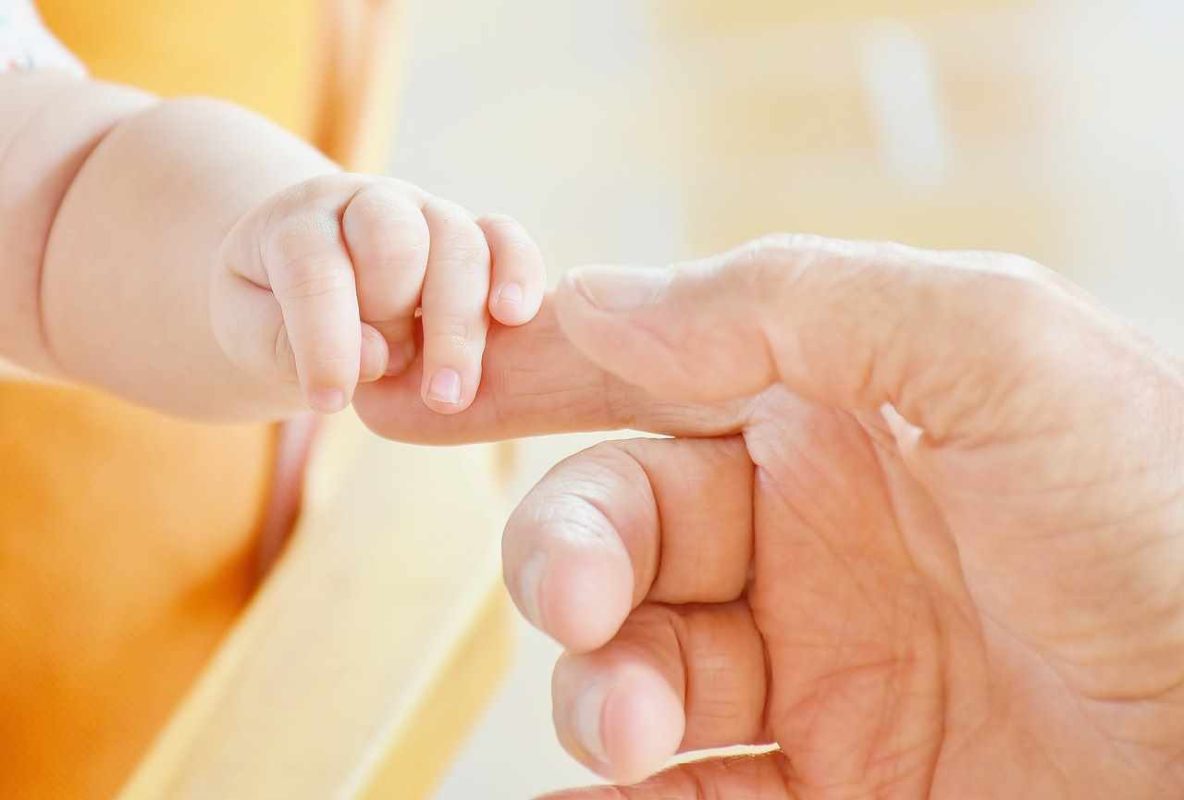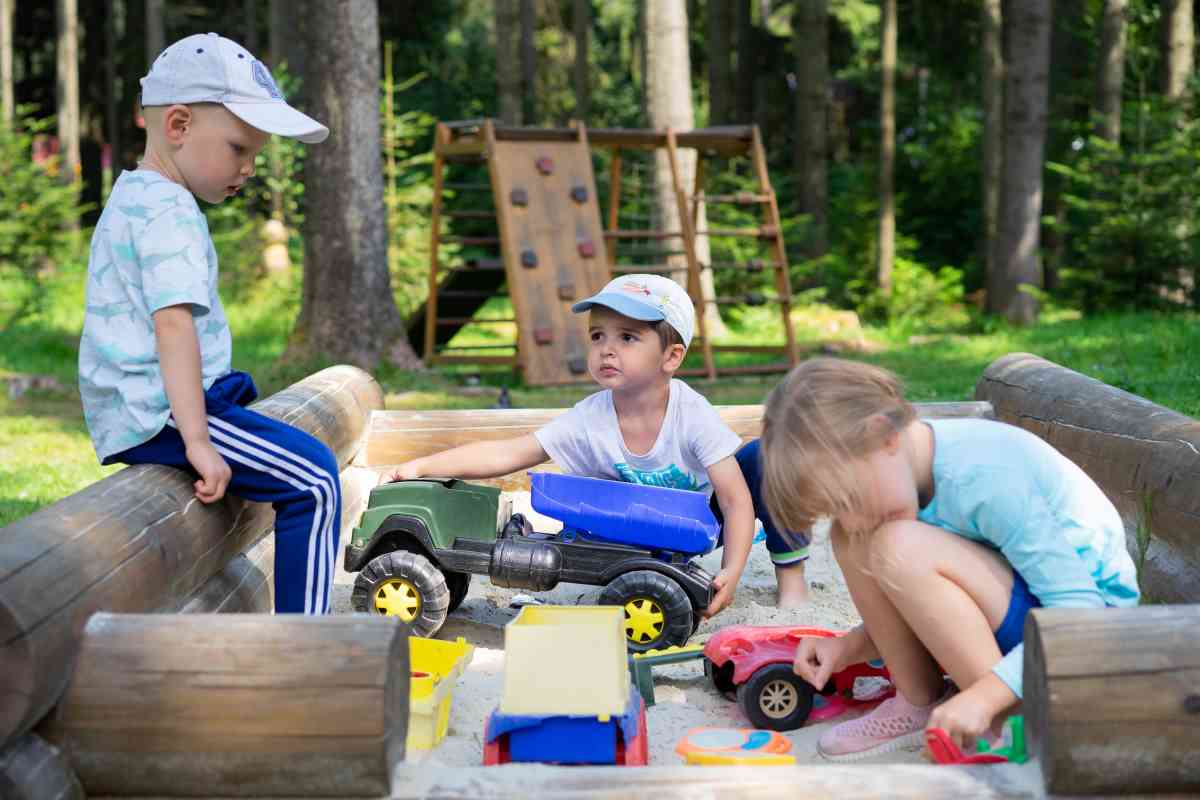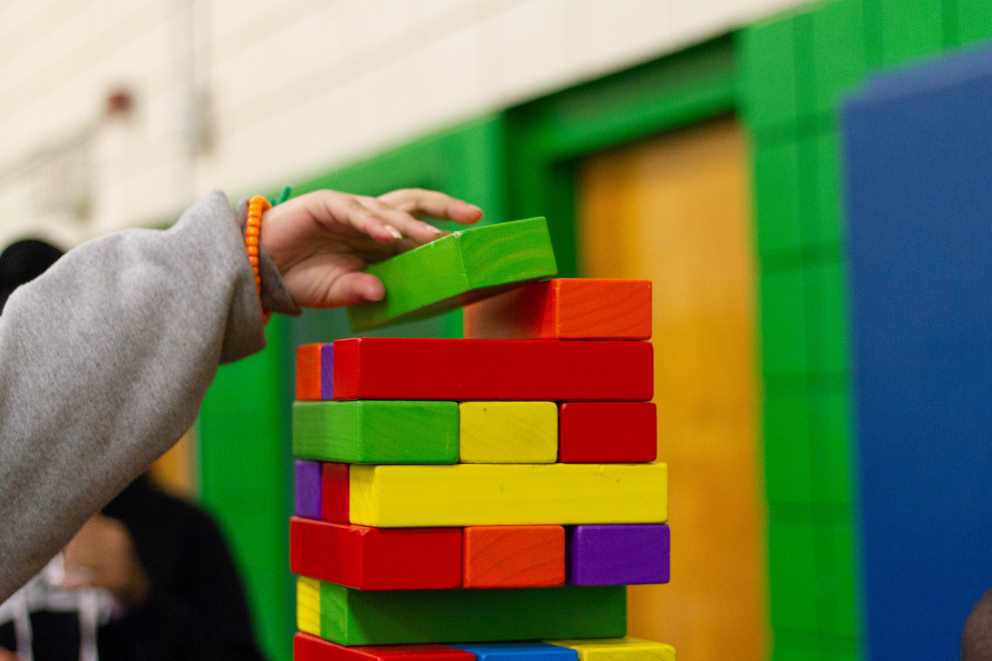Montessori education
Montessori Sensory: Ignite Learning Through Senses
Table of Contents
I. Introduction
Maria Montessori, an Italian physician and educator, developed the Montessori method of education based on her extensive research and observations of children. Montessori sensory education is a core component of this method, which emphasizes hands-on sensory learning through specially designed materials and activities. This article will provide an in-depth look at Montessori sensory techniques, benefits, implementation, and frequently asked questions.
A. Definition of Montessori Sensory
- Montessori sensory education focuses on developing children’s senses as a foundation for learning.
- It utilizes hands-on materials and stimulating activities to refine skills like visual discrimination, tactile awareness, auditory processing, and olfactory and gustatory perception.
- The goal is to help children consciously focus on and understand sensory input which leads to improved cognitive functioning.
B. Importance of Sensory Education in Montessori Teaching
- Montessori observed that children learn best through hands-on experience and interaction with the environment.
- Sensory stimulation and training are critical in early childhood development.
- Refined senses allow children to process information accurately from their surroundings.
- Montessori sensory materials and exercises prepare the mind for future abstract learning.
C. Overview of What the Article Covers
This article will cover the philosophy, principles, materials, benefits, activities, implementation, and frequently asked questions about Montessori sensory education. Examples, studies, and tips will showcase the effectiveness of this approach for preschool through elementary aged children.
II. Understanding Montessori Sensory Education
A. The Philosophy of Maria Montessori
Dr. Maria Montessori pioneered the Montessori method based on her scientific observations of children’s learning processes. Some key aspects include:
- Children pass through sensitive periods for learning at optimal times.
- Development occurs through interaction with the prepared environment.
- Children are driven by an innate desire to learn.
- Movement and senses are crucial to developing the mind.
Montessori designed child-sized materials and activities calibrated to each stage of development. The prepared environment and trained teachers allow children to explore independently.
B. Key Principles of Montessori Sensory Education
Montessori sensory learning is guided by core principles:
- Isolating concepts through each material to focus learning
- Progressing from simple to complex
- Encouraging repetition for mastery
- Allowing self-correction through feedback from the materials
- Presenting aesthetically pleasing materials to spark interest
- Proceeding at each child’s individual pace
C. The Role of the Senses in Learning
Montessori identified the importance of sensory education for early learning:
- Young children first take in information through the senses as a concrete foundation.
- Refining sensory skills establishes mental pathways for future abstract thinking and problem solving.
- Exposure to sensory stimulation during sensitive periods optimizes development.
- Children need to classify and compare sensory experiences to form categories and concepts.
D. Montessori Sensorial Materials
Montessori classrooms contain specifically designed sensorial materials:
Visual – Color tablets, geometric solids, constructive triangles
Tactile – Fabric boxes, touch boards, thermic bottles
Auditory – Sound cylinders, bells
Olfactory – Smelling bottles
Gustatory – Taste jars
These isolated materials enable focused development of each sense.

III. Benefits of Montessori Sensory Learning
Montessori sensory education offers many benefits:
A. Cognitive Development
- Refines skills like visual discrimination, auditory processing, and tactile awareness.
- Establishes firm neural connections and pathways in the brain.
- Boosts concentration, memory, logical thinking, and problem-solving.
- Lays a concrete sensorial foundation for later abstract learning.
B. Emotional and Social Growth
- Fosters independence, self-confidence, and self-discipline.
- Provides a predictable and calming environment.
- Promotes respect for surroundings and care of materials.
C. Independence and Self-Discipline
- Children choose materials freely promoting intrinsic motivation.
- Self-correction enables objective evaluation without punishment or rewards.
- Repeated activity cycles foster concentration and satisfaction in work.
D. Encouraging Creativity
- Hands-on experience sparks ingenuity and imagination.
- Open-ended materials allow for creative exploration.
- Children follow their natural curiosity and interests.
E. Preparing for Academic Success
- Establishes strong foundation for math, reading, science, and cultural studies.
- Refines visual, auditory, and tactile skills needed for reading and writing.
- Develops ability to discriminate size, color, shape, texture, and sound.
IV. Montessori Sensory Activities
A. Hands-On Activities for Sensorial Learning
Montessori classrooms offer engaging hands-on materials like:
- Sound matching games
- Smelling jars to classify aromas
- Fabric planks to recognize textures
- Weight tablets to discriminate heaviness
- Taste testing solutions like sweet, sour, bitter, and salty
B. Creating a Sensory-Rich Environment
- Rotate a variety of sensorial materials continuously.
- Add natural elements like plants, flowers, water tables.
- Allow free movement and interaction with the environment.
- Play varied genres of music.
- Use neutral colors and minimize clutter.
C. Age-Appropriate Sensory Exercises
Infant & Toddlers
- Tactile stimulation with surfaces and textured objects
- Crawling and movement over different grounds
- Exposure to languages through books and speaking
3-6 Years
- Sound matching and tone differentiation
- Smell/taste classification
- Fabric touching boards
- Geometric solids and puzzle boxes
6-9 Years
- Braille alphabet recognition
- Classical music pairing
- Botany specimen comparison
D. Parental Involvement in Sensory Development
Parents can provide sensory experiences through:
- Cooking together feeling/smelling/tasting ingredients
- Touch and texture games finding items by feel
- Nature walks observing surroundings through senses
- Listening exercises with household sounds

V. Implementing Montessori Sensory at Home
A. Adapting Montessori Principles for Home Environment
Core aspects like child-led learning, independence, respectful communication, and order can be integrated at home. Establish a “yes space” with supervised access to sensory materials. Rotate options to maintain interest.
B. DIY Montessori Sensory Materials
Many sensory materials can be easily made or found like:
- Sound shakers with beans/rice in bottles
- Textured fabric swatches sewn together
- Scented containers made with extracts and spices
- Object matching game with household items
C. Tips for Parents and Caregivers
- Observe your child’s interests and abilities to prepare suitable activities.
- Establish daily routines but allow flexibility based on your child’s needs.
- Limit loud noises, clutter, and overstimulation in the home environment.
- Join your child doing the activities to model focus and concentration.
- Provide time for free choice and movement every day.
VI. Montessori Certified Teachers and Sensory Education
A. Importance of Trained Montessori Teachers
Authentic Montessori schools employ teachers certified through accredited training programs. These educators:
- Understand the developmental stages and optimal times for learning.
- Know how to present sensory materials based on each child’s readiness.
- Skillfully observe students to guide their individual progress.
- Are trained to orient children to the classroom procedures and materials.
B. The Role of Certified Educators in Sensory Learning
Certified teachers introduce children to the sensorial materials through brief presentations. The teacher models the activity, has the child practice, then steps back allowing independent exploration. Since the materials provide inherent feedback, teachers need only observe, maintaining order and interest in the room.
VII. Case Studies and Success Stories
A. Real-Life Examples of Montessori Sensory Education Success
A 2017 study in the Journal of Genetic Psychology looked at the impact of Montessori materials on kindergarten students’ skill development. The results showed significant improvements in visual discrimination, stereognostic perception (form based on touch), and kinesthetic decoding.
Another study published in Science in 2006 found that Montessori preschool students outperformed other children on tests of executive function like adapting to change, ignoring distractions, and engaging in play. These benefits persisted even after the children transitioned to conventional schools.
B. How Montessori Sensory Impacts Children’s Lives
Montessori mom Amanda explains, “My daughter Emma has flourished since starting Montessori primary last year. Her senses are so engaged with all the amazing materials in the classroom that learning feels like play to her. She concentrates deeply doing each activity and her hand-eye coordination has improved remarkably.”
Six-year-old Caleb says, “I loved making the Pink Tower! Seeing all the perfect pink cubes stacked up straight made me feel so happy inside.”
VIII. Challenges and Solutions
A. Common Challenges in Implementing Montessori Sensory
- Classroom noise/distractions interrupting concentration
- Insufficient materials for students to work individually
- Not introducing activities based on children’s developmental readiness
- Pressure from non-Montessori approaches to accelerate academics
B. Practical Solutions and Advice
- Uphold ground rules to maintain a calm environment.
- Rotate materials and supervise sharing until more can be acquired.
- Frequently observe children and consult albums to present lessons.
- Educate parents and administrators on the proven benefits of Montessori.

IX. FAQ Section
A. Answers to Frequently Asked Questions About Montessori Sensory
What age is Montessori sensory education appropriate for?
Montessori sensory materials and activities are designed for children from infancy through 6 years old. The Sensitive Period for refining senses through order, coordination, and patterning peaks from 3-6 years old.
Are Montessori materials expensive?
Specially fabricated Montessori materials can be more costly. However, many items for sensory learning can be made cost effectively at home. Simple objects found around the house also work well.
Is Montessori sensory overwhelmimg for some children?
Certified Montessori teachers are trained to carefully observe each child’s development and introduce sensory experiences accordingly. Activities are kept brief to avoid overstimulation. Order and simplicity in the environment helps manage input.
B. Encouraging Parent-Teacher Communication
- Allow classroom observations to see Montessori sensory in action.
- Attend parent-teacher conferences to discuss child’s progress.
- Ask teachers for tips on continuing sensory development at home.
- Share feedback on child’s interests and abilities observed at home.
X. Conclusion
A. Summarizing the Importance of Montessori Sensory Education
Maria Montessori’s scientific insights on sensory learning have stood the test of time. Refining children’s senses through hands-on materials and activities during their early formative years provides a concrete foundation for later conceptual thinking and academic success. Montessori sensory education offers developmental benefits far beyond most traditional methodologies.
B. Encouraging Further Exploration and Implementation
For any parents, educators, or administrators seeking an optimally designed approach for early childhood education, Montessori sensory is worth deep exploration. Visit an authentic Montessori school to see these principles in action. Even modest integration of Montessori techniques at home or in conventional classrooms can profoundly impact children’s learning and growth.
To learn more, compare Montessori to other alternative methods like Montessori vs. Waldorf, Montessori vs. Reggio Emilia and Montessori vs. traditional education. Dive deeper into topics like Montessori for toddlers, Montessori for gifted students, Montessori for special needs, and Montessori homeschooling. Resources like Montessori curriculum, Montessori materials and Montessori teachers provide further insight. Montessori parenting and Montessori at home resources empower families. For selecting a quality program, consult the Montessori school guide. Discover the many benefits of Montessori education for children’s overall growth and success.
FAQs
What is Montessori sensory education?
Montessori sensory education focuses on refining children’s senses through specifically designed hands-on materials and activities. It aims to boost skills like visual, tactile, auditory, and olfactory perception which provides a concrete foundation for later abstract learning and cognitive development.
Why is sensory education important in Montessori teaching?
Maria Montessori’s observations revealed children learn best through concrete sensory interaction with their environment. Developing and organizing the senses is critical preparation for future academic and life success. Montessori materials isolate concepts to focus learning through each sense.
How do Montessori schools incorporate sensory learning?
Montessori classrooms contain a wide array of beautifully designed sensorial materials including items for visual discrimination, tactile stimulation, grading, and matching. Students receive individual presentations then work through the materials at their own pace. A sensory-rich environment with music, nature and movement provides multisensory exposure.
What are some Montessori sensory materials and activities?
Popular materials include the pink tower (visual/spatial), brown stairs (tactile), sound cylinders (auditory), geometric cabinets (visual/spatial), and smelling bottles (olfactory). Activities like tracing sandpaper letters, exploring mystery bags, listening games and tasting flavors provide sensory learning.
How can parents promote sensory development using Montessori principles at home?
Provide a “yes space” with supervised access to sensory items. Make DIY materials like texture boards or sound shakers. Engage senses in cooking, gardening and exploring nature together. Minimize clutter and overstimulation in the home. Observe interests and abilities to prepare suitable activities
References
https://reachformontessori.com/montessori-sensorial-materials-by-age/
https://thetoddlerplaybook.com/montessori-sensory-activities/
https://sugarspiceandglitter.com/montessori-sensorial-curriculum/
https://www.mamashappyhive.com/list-of-montessori-sensorial-materials/
https://www.norbeck.com/preschool-what-is-the-purpose-of-the-sensorial-area
https://themontessorisite.com/montessori-sensorial/?amp=1

